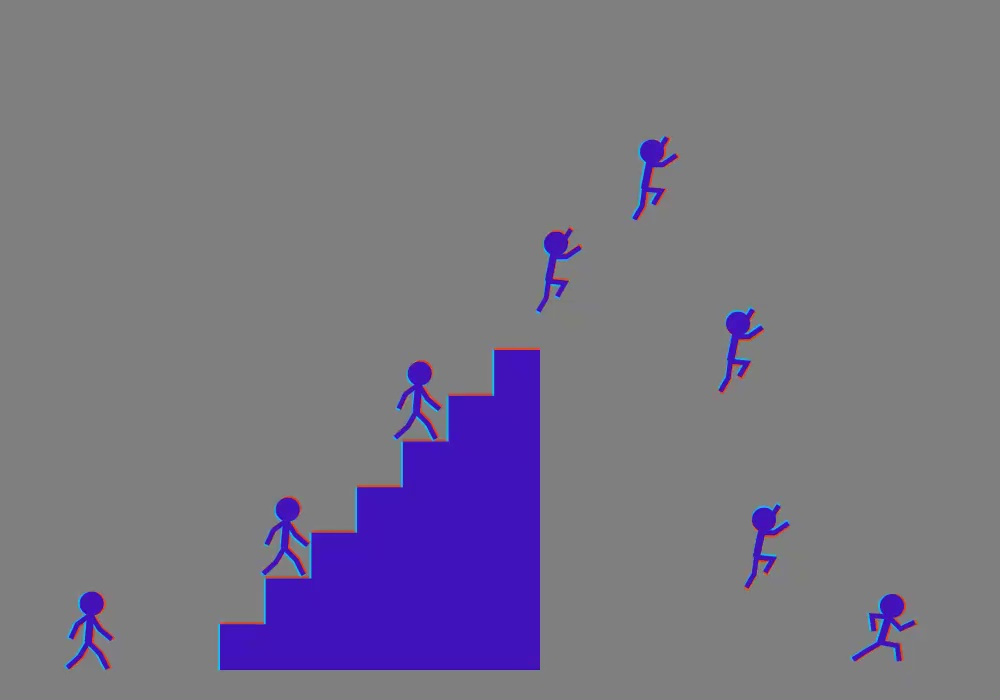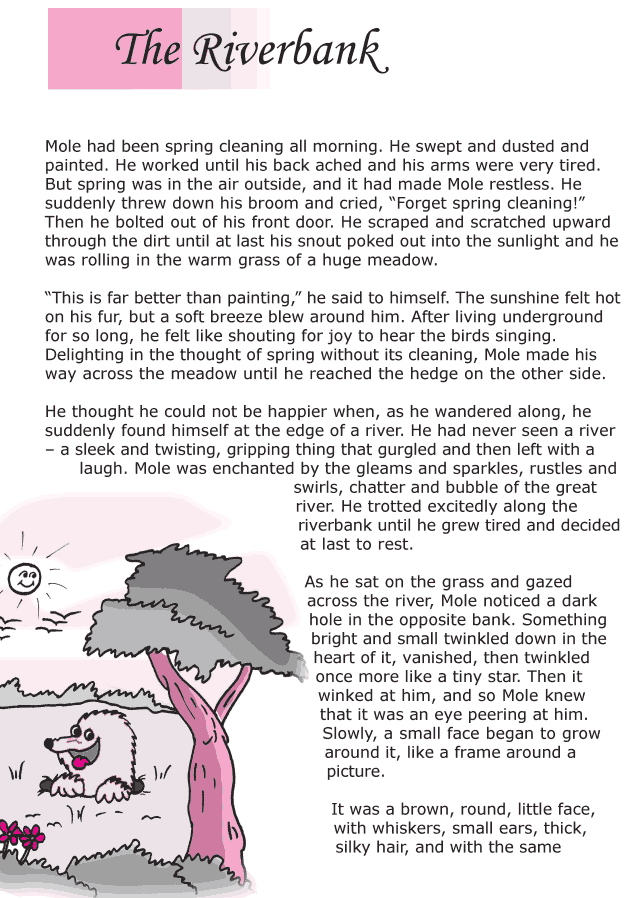Optical illusion show
Optical illusions show how animals perceive the world
Male bowerbirds in Australia use a technique called forced perspective to make themselves look bigger to potential mates who visit their carefully constructed bowers.
Please be respectful of copyright. Unauthorized use is prohibited.
Visual illusions remind us that we are not passive decoders of reality but active interpreters. Our eyes capture information from the environment, but our brain can play tricks on us. Perception doesn’t always match reality.
Scientists have used illusions for decades to explore the psychological and cognitive processes that underlie human visual perception. More recently, evidence is emerging that suggests many animals, like us, can perceive and create a range of visual illusions.
Understanding where these illusions arise in different brains could help us not only learn more about how we perceive our world, but also how other animals perceive theirs.
In an August study in Proceedings of the National Academy of Sciences, for example, Yale researchers showed that fruit flies, like humans, can be fooled into seeing motion in an image where there is none, such as the rotating snake illusion, well-known to neuroscientists and psychologists. Moreover, by tracking and manipulating neurons in visual processing areas of the flies’ brains while they were looking at the illusion, they were able to determine that the illusion results from small imbalances in the contributions of different types of motion-detecting neurons.
It’s possible that the same neural mechanism may be at work when humans and other species see illusory motion, too, according to lead author Damon Clark, a professor of molecular, cellular, and developmental biology at Yale University.
“The last common ancestor of flies and humans lived a half-billion years ago, but the two species have evolved similar strategies for perceiving motion,” Clark said. “Understanding these shared strategies can help us more fully understand the human visual system.”
There are numerous examples showing that not only can many animals perceive the same illusions as humans, they also can create and use illusions to trick others.
Moving imagesAnd it’s not just fruit flies and humans—research has shown that monkeys, cats, and fish can all be tricked into seeing motion where there is none.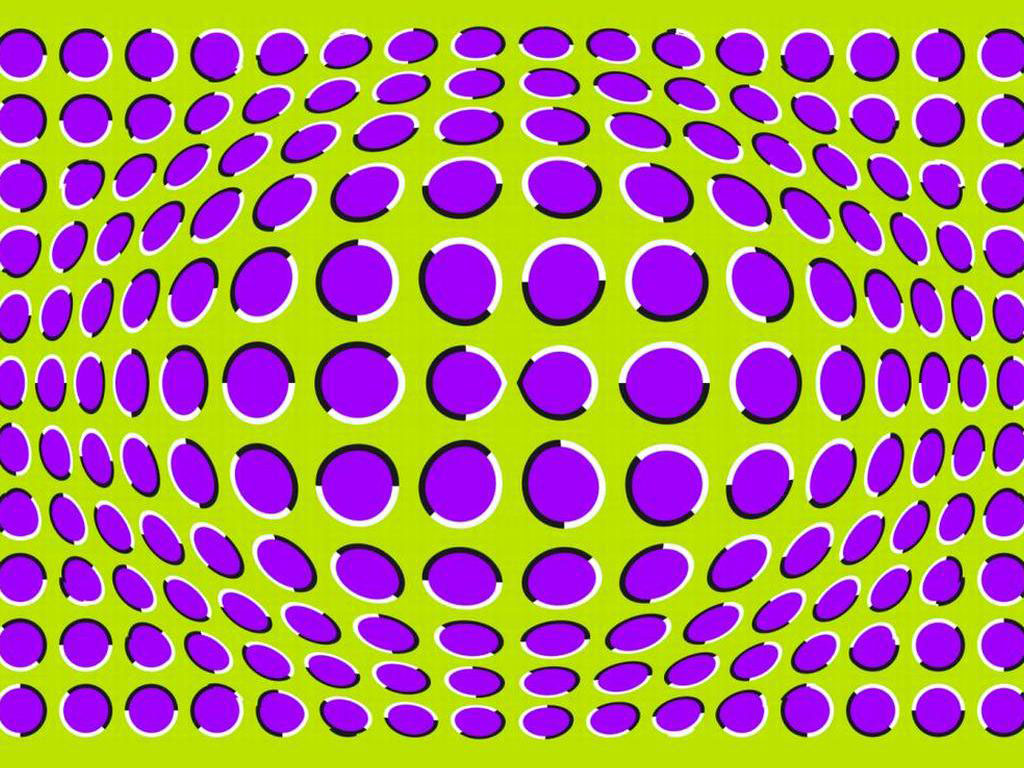
Some researchers are studying whether illusory motion can be used to enrich the lives of zoo animals. In 2019, Italian researchers presented captive lions with the rotating snake illusion. Two out of three lions interacted with the illusion as if it were moving prey, biting and dragging it around their enclosure. The researchers also reported welfare improvements, including more prosocial behaviors and fewer stereotyped behaviors in the lionesses.
The researchers say they want to try this with more captive animals to see if illusions can help reduce stress and improve their well-being.
Avian illusionistsEvery spring in Australia, male great bowerbirds build and maintain structures known as bowers to impress females. The bower consists of a thatched twig tunnel that opens out onto a court, which the male decorates with bones, shells, and stones. When a potential mate enters the avenue, the male stands in the court and displays his objects to her, one by one.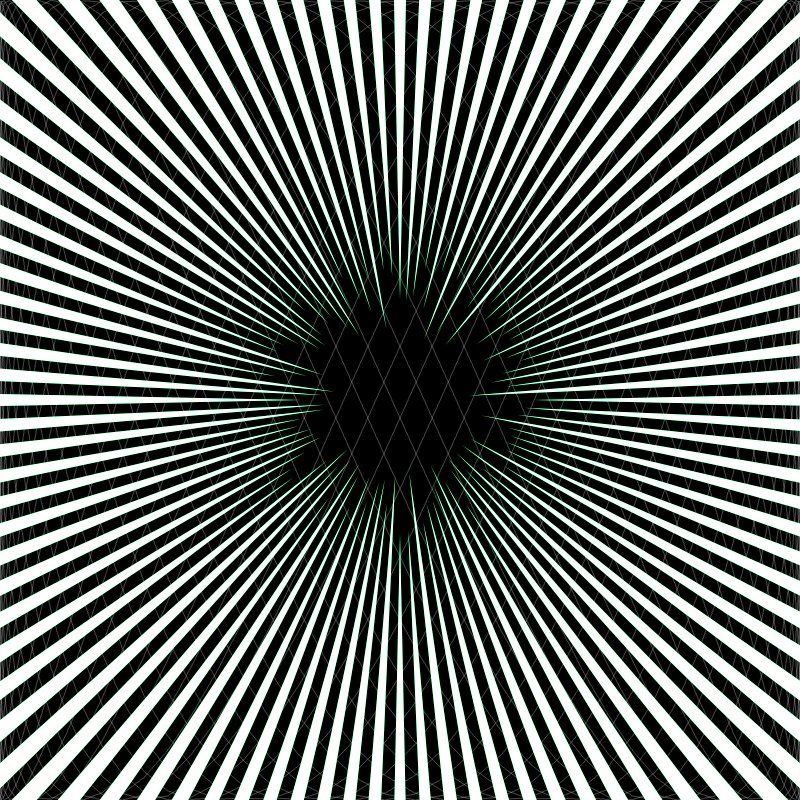 Females will visit a handful of bowers before selecting a mate based on the attractiveness of his bower.
Females will visit a handful of bowers before selecting a mate based on the attractiveness of his bower.
Male bowerbirds are very particular about the arrangement of their special objects and rely on an illusion known as forced perspective to give them a boost. They order the objects on the court so that they increase in size as the distance from the tunnel increases: “It doesn’t make sense until you consider that during courtship, the female stands in a predetermined position in the middle of the bower,” says Laura Kelley, a biologist at the University of Exeter.
From the female bird’s point of view, then, the positive size-distance gradient makes all the objects in the court appear to be the same size. Consequently, the female might perceive the court as being smaller than it actually is and the male as bigger. (Read more about bowers and forced perspective.)
Humans have used forced perspective in art and architecture for centuries. Take Cinderella’s castle at Disney World or Sleeping Beauty’s castle at Disneyland, both of which use forced perspective techniques.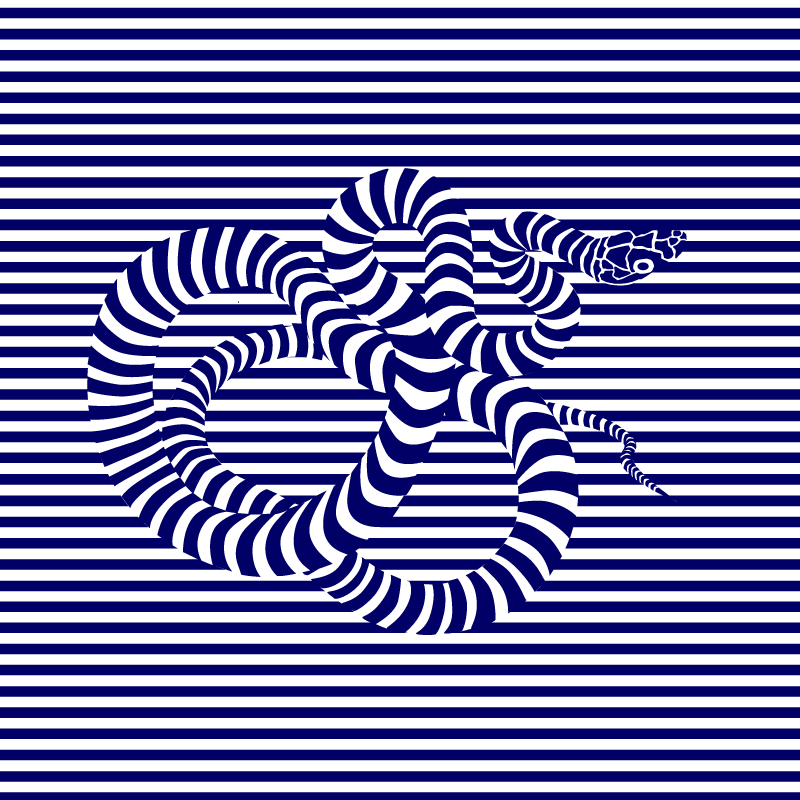 (The Walt Disney Company is majority owner of National Geographic Partners.)
(The Walt Disney Company is majority owner of National Geographic Partners.)
“The bricks and windows get smaller as the building gets taller, so when you’re at the bottom, your brain is tricked into thinking the building is much taller than it is,” she says.
The trick seems to work for bowerbirds—the males who create higher quality forced perspective illusions get more mates.
Tricking dragonsScientists are finding that more species of animals than previously known can perceive the same visual illusions we do. The trick is finding a way to ask them what they see.
Christian Agrillo, a psychologist at the University of Padova, in Italy, decided to look for evidence of visual illusions in reptiles, an understudied group of animals when it comes to perception of illusions. In his team’s first experiment, they investigated whether bearded dragons perceive the Delboeuf illusion. In that famous illusion, a solid circle appears to be bigger or smaller depending on the size of the circle surrounding it.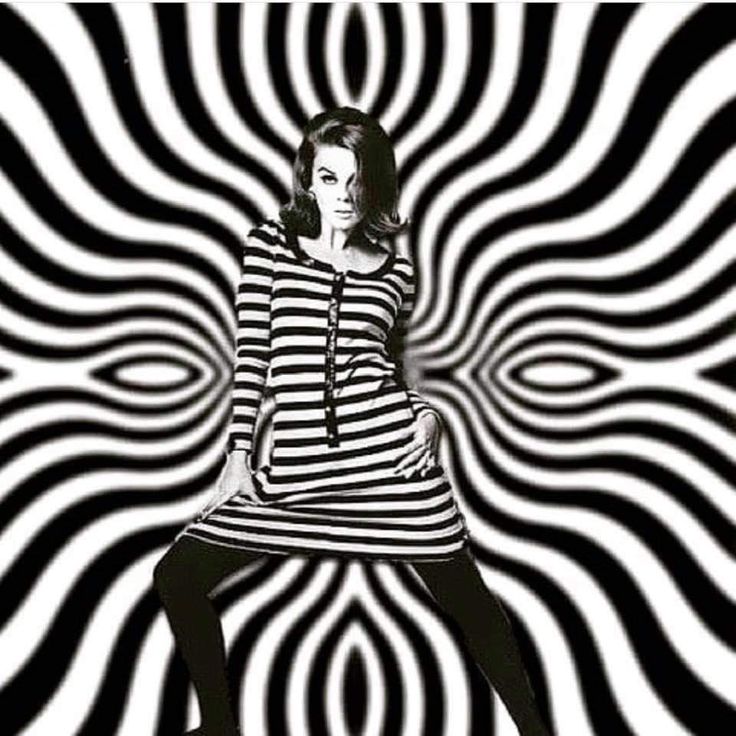 (In a real-life example of this, people eating off small plates tend to think their food portions are larger than they really are.)
(In a real-life example of this, people eating off small plates tend to think their food portions are larger than they really are.)
In testing whether lizards also fall for this illusion, Agrillo says he played to his subjects’ strengths—a love of food.
“You don’t have to train the animal. You just observe its spontaneous preference for the larger amount of food,” he says. “If they are fooled by the illusion, they should prefer the food presented on a smaller dish over the same amount of food on a larger dish.”
That’s exactly what the bearded dragons did, suggesting a sensitivity to the illusion.
The researchers have since tested bearded dragons’ susceptibility to other illusions that also deal with perception of relative size, such as the Müller-Lyer illusion, in which two lines of the same length appear to be different lengths depending on the orientation of arrow marks at the ends, and the horizontal-vertical illusion, in which a vertical line looks longer relative to a bisecting horizontal line of the same length.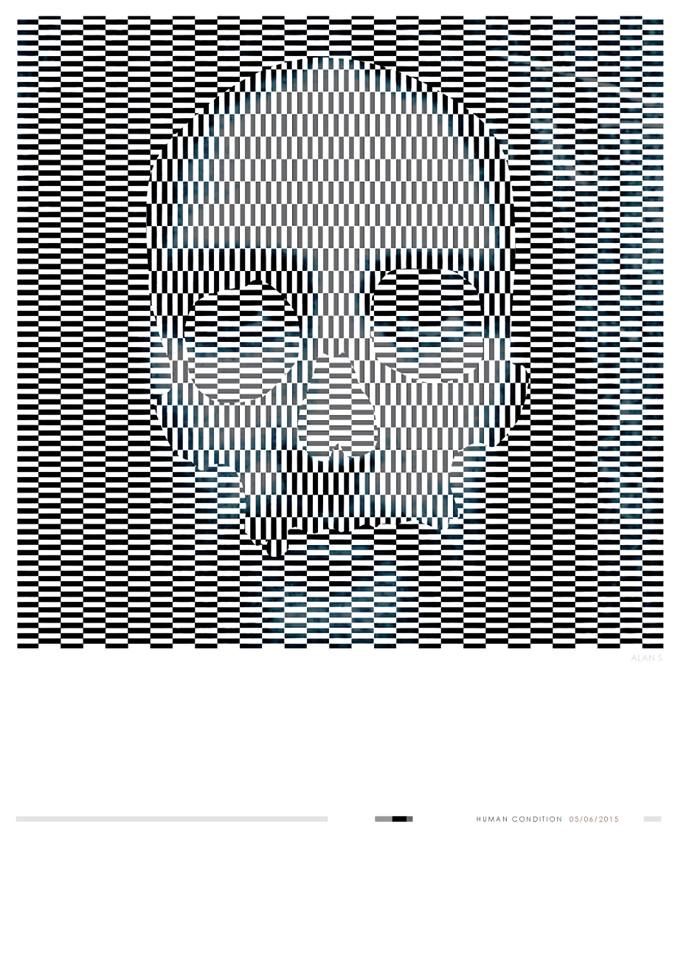 So far, they have found that the reptiles and humans seem to have similar perception.
So far, they have found that the reptiles and humans seem to have similar perception.
Agrillo says that if two species such as bearded dragons and humans perceive the same illusions, it’s likely that they share a similar perceptual mechanism—either inherited from a common ancestor or independently evolved to solve similar problems in their environments.
Cunning cuttlefishSome animals create their own optical illusions. Think camouflage. While one type of camouflage helps an animal match its environment—such as an Arctic fox in the snow—another type called disruptive coloration disguises the shape and outline of the body itself, says University of Exeter ecologist Martin Stevens.
“Disruptive coloration breaks up the shape and destroys the outline of tell-tale features of the animal’s body, like wings or limbs, and makes it more difficult to detect,” he says. Zebras’ stripes and leopards’ spots are both good examples—the different patches of dark and light help them blend into complex backgrounds.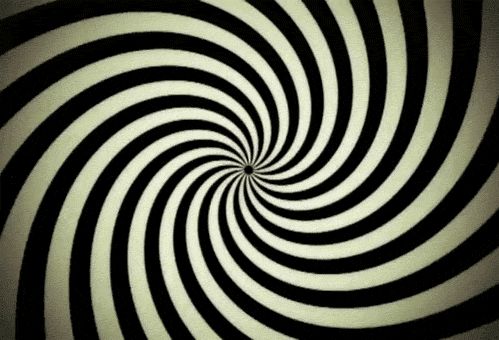
Stevens has measured disruptive coloration in shore crabs, which come in a wide range of colors and live in many different habitats. He found that crabs living in tidal pools—a visually complex environment—have higher contrast markings than crabs living in more homogenous-looking mudflats. A more complex habitat means the crabs need more extreme disruptive coloration to break up their body outline.
Cuttlefish, such as this broadclub cuttlefish off the island of Cebu in the Philippines, can change the color and pattern of their skin to trick potential predators and prey.
Photograph by Georgette Douwma, Nature Picture Library
Please be respectful of copyright. Unauthorized use is prohibited.
The master of disruptive coloration may be the cuttlefish, which can change the color and pattern of its skin. It can create high-contrast, disruptive patterns, even adopting a broken black-and-white pattern within seconds of being placed on a checkerboard in a lab.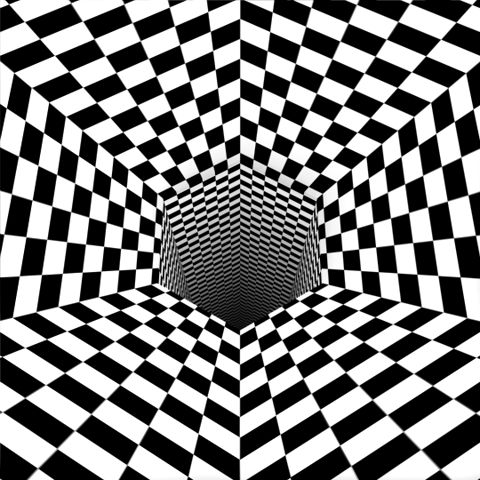
Research looking at when cuttlefish produce these markings has shown the importance of visual markers such as object area, contrast, and edges.
The more scientists look—in the lab and in nature—the more similarities they’re finding between how humans and animals perceive the world. It’s a reminder that even though we may be as different as Homo sapiens and fruit flies, our subjective worlds may be more alike than anyone thought.
Mary Bates is a Boston-based science writer who focuses on the brains and behavior of humans and other animals. Follow her on Twitter.
Read This Next
These radiant portraits show women as they want to be seen
- Magazine
- Proof
These radiant portraits show women as they want to be seen
At a Ugandan center for women with special needs, a photographer asked her subjects how they wished to be depicted: Capable, equal, and intelligent, they told her.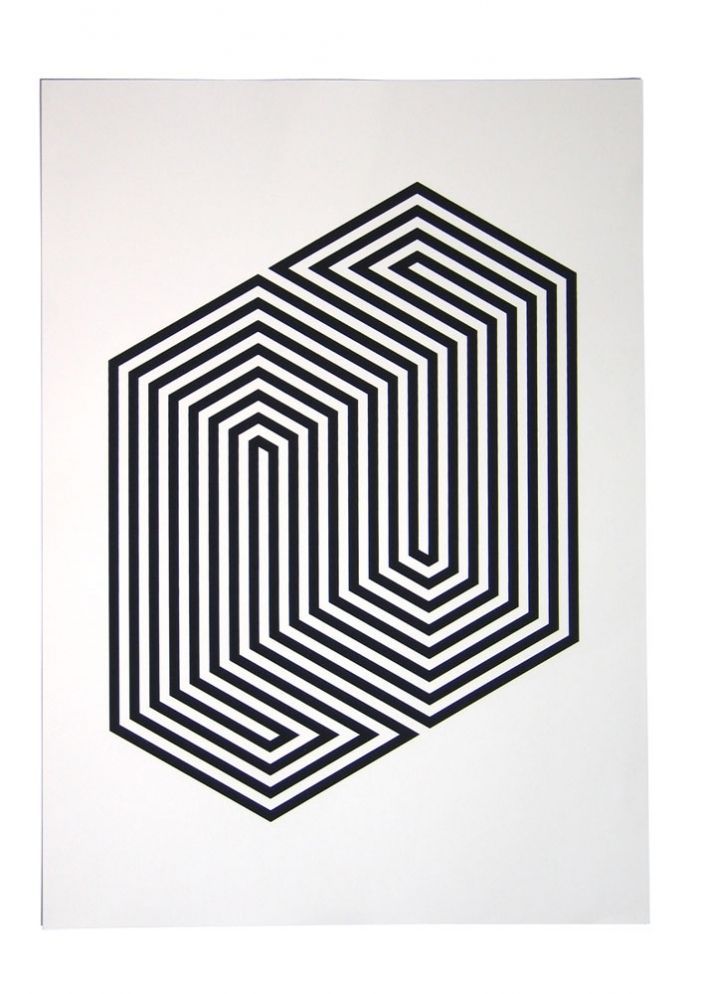
How your favorite plant-based milk impacts the planet
- Environment
How your favorite plant-based milk impacts the planet
Oat, soy, hemp, and more: If you’re looking to ditch dairy, the options can be overwhelming. Here’s what you need to know about each milk's environmental effects.
Subscriber Exclusive Content
Why are people so dang obsessed with Mars?
How viruses shape our world
The era of greyhound racing in the U.S. is coming to an end
See how people have imagined life on Mars through history
See how NASA’s new Mars rover will explore the red planet
Why are people so dang obsessed with Mars?
How viruses shape our world
The era of greyhound racing in the U.S. is coming to an end
See how people have imagined life on Mars through history
See how NASA’s new Mars rover will explore the red planet
Why are people so dang obsessed with Mars?
How viruses shape our world
The era of greyhound racing in the U.
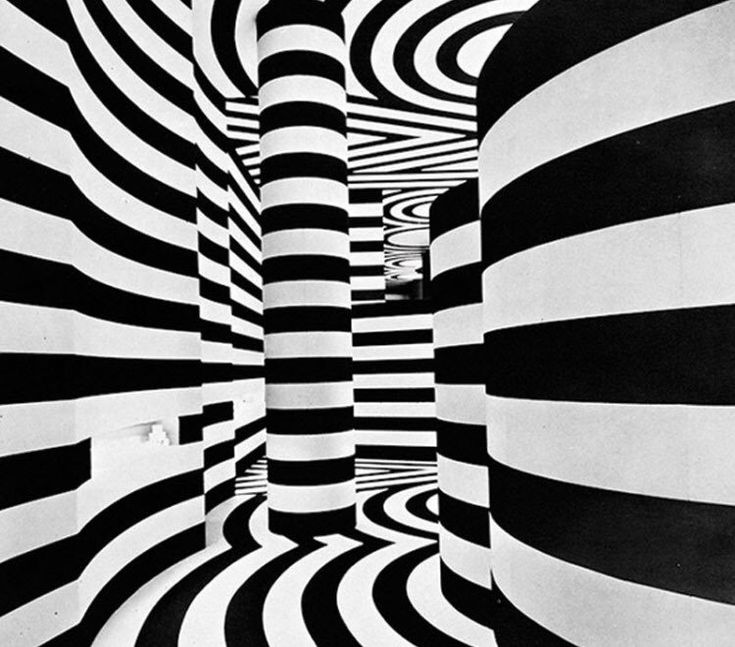 S. is coming to an end
S. is coming to an endSee how people have imagined life on Mars through history
See how NASA’s new Mars rover will explore the red planet
See More
20 must-see optical illusions that will blow your mind
(Image credit: Akiyoshi Kitaoka)Optical illusions come in many different forms, and we can't get enough of them. Many optical illusions reveal fascinating secrets about how our vision and brains work, how we perceive colour and light, and, many are just plain confounding. They're a huge hit on social media at the moment but optical illusions are nothing new. Optical illusions have been around for centuries and in many different cultures, delighting and confusion people in equal measure.
There are several different kinds of optical illusions, and most usually fall in one of four categories. First there are physiological optical illusions. These are the 'true' optical illusions – images that make us interpret them the wrong way, for example a still image that appears to be moving or an image that appears to be a particular colour when it isn't. These are caused by physiological factors in the way our eyes and brains interpret elements such as brightness, angles, or movement.
These are caused by physiological factors in the way our eyes and brains interpret elements such as brightness, angles, or movement.
Then there are cognitive illusions, which are just as fascinating because they can be interpreted differently by different people. The classic examples of these are the optical illusions used in psychological texts, where an image could be interpreted in two different ways. And finally there are literal optical illusions, which aren't exactly illusions since they've been created intentionally to confuse the mind. Well-known artists such as René Magritte created these kinds of illusions. There are also accidental optical illusions caused by things like atmospheric phenomena and the similarities or the position of an object at a particular moment (see the floating ship below).
We've picked out some of our favourite optical illusions of each kind in our round up of must-see optical illusions below. We've included some classics from the past and some new creations too, all to leave you bewildered and amazed.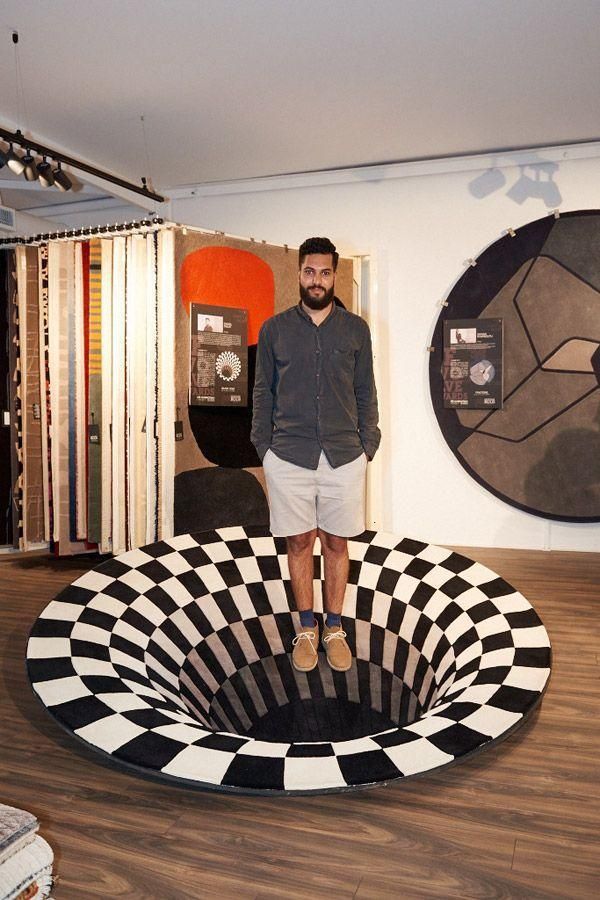 If you're left wanting more, check out our favourite trompe l'oeil illusions. Or if you want to have a go at creating your own illusion, make sure you have a look at our guide on how to download Photoshop so you have the tools you need to make digital designs.
If you're left wanting more, check out our favourite trompe l'oeil illusions. Or if you want to have a go at creating your own illusion, make sure you have a look at our guide on how to download Photoshop so you have the tools you need to make digital designs.
01. The hypnotic circle optical illusion
(Image credit: Brusspup via YouTube)Created by Brusspup, the first optical illusion in our list is a bit of a geometric trick. The white circles appear to form a circular shape that rolls around the inside of the circumference of the red circle. But of course, this is an optical illusion so that couldn't actually be the case. The white circles are actually all moving in a straight lines, the timing just happens to create the illusion that they're moving in a circle. See the full video if you don't believe us!
02. The spinning vortex optical illusion
Can you make this optical illusion stay still? (Image credit: Vectordivider via Getty Images)One type of optical illusion that we can't get enough of are those that appear to be moving but they're actually still images. These are examples of what are known as physiological optical illusions – they're caused by the over stimulation of the brain’s senses as a result fo the eye seeing too much colour, light, movement or dimensions to be able to process.
These are examples of what are known as physiological optical illusions – they're caused by the over stimulation of the brain’s senses as a result fo the eye seeing too much colour, light, movement or dimensions to be able to process.
With its purple and yellow vortex-like design, this one's hypnotic, but we promise it's not a gif or a video. It's a completely still image. What happens is that the combination of the different patterns, light and levels tricks your mind into thinking it's moving when you let your eyes wander over the design. Concentrate on the very centre of the image and you should be able to see it stop.
03. The rotating horse optical illusion
Which way does the horse rotate? (Image credit: TrippyHub)The rotating horse optical illusion has us all asking, which way is it turning? The geometric equine kind of looks as though it snakes around, and many users on TikTok have theorised about the direction of the horse, but we still have no idea which way it turns.
04. How many horses are there?
How many horses can you see? (Image credit: Bev Doolitte/National Institute of Enviromental Health Sciences)Another equine-themed illusion, this one has been confusing viewers since the 1970s. The design begs the question, how many horses are in the painting? And despite how many times we counted the horses, we never got the answer that the artist, Bev Doolittle, revealed as correct. This is an optical illusion of a different kind. It's what's known as a literal optical illusion since it was created intentionally by the artist to hide or disguise things in plain view, without relying on our minds to trick us. We love them all the same.
05. The hidden tiger optical illusion
Can you see the hidden tiger? (Image credit: Rusty Rust)This is another clever optical illusion from an artist. Can you spot the hidden tiger in the picture? No, not the first tiger you see, the one that's showing us its teeth. The hidden tiger. We promise it's there lurking there in the image, and you'll kick yourself when you see it. This one is also a literal optical illusion, but one with an amusing cognitive element that made us smile.
We promise it's there lurking there in the image, and you'll kick yourself when you see it. This one is also a literal optical illusion, but one with an amusing cognitive element that made us smile.
06. The cat on the stairs optical illusion
Which way is the cat headed? (Image credit: 9Gag)From big cats to small cats. This feline-themed optical illusion has divided the internet. It seems as though no one can decide whether the cat is walking up or down the stairs in this post. While the illusion has been doing the rounds online since 2015, we're still none the wiser about the direction of the cat. See our pick of the best animal optical illusions for more animal-oriented treats.
07. The impossible slide optical illusion
If you're a really big fan of optical illusions, how about one that you can 3D print? That's exactly what Struck Duck did with this mindbender. In this optical illusion, a ball that appears to roll UP the 3D printed slide, defying gravity.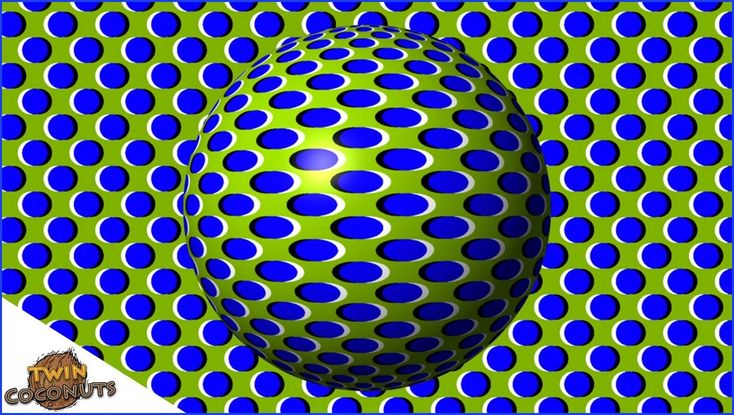 But if you watch the full video, you'll see the illusion depends on the angle that you view it at.
But if you watch the full video, you'll see the illusion depends on the angle that you view it at.
08. The Phantom Queen optical illusion
The winner of the 2021 Illusion of the Year contest deserved its place (Image credit: Best Illusion of the Year Contest)This mind-boggling video features the 2021 winner of the Illusion of the Year contest. The Phantom Queen optical illusion sees the reflection of an invisible queen piece on a chessboard. The video pans round to reveal a clever 3D shape that aligns with the pattern of the chessboard. Hidden under that shape is the Queen, making it look as though she wasn't even on the board.
09. Moving pictures
How is it moving? (Image credit: Akiyoshi Kitaoka)This mystical moving optical illusion was created by artist Akiyoshi Kitaoka . The design uses the 'anomalous motion phenomenon' to make it look as though it's moving when in reality its a totally static image. Our brain tricks us into thinking the photo is moving because of how the image hits our retinas at a particular location.
10. What's hiding amongst the stripes?
Shake your head and watch a furry friend appear (Image credit: Dr Michelle Dickinson via Twitter)Next up on our list of optical illusions is this eye-crossing striped affair, shared by Dr Michelle Dickinson on Twitter. It springs into life when you shake your head vigorously from side to side (carefully!). An image will start to appear amongst the lines. Which type of furry friend do you see appearing?
11. Spinning discs optical illusion
Your head might be spinning (Image credit: Cliver Gifford via The Guardian)This is an illusion, featured in Clive Gifford's book Eye Benders , and inspired by experimental psychologist Akiyoshi Kitaoka . No, like the first optical illusion we saw in our list, this is not a GIF but a still image – though the wheels appear to turn in front of your eyes. This happens because of how your eyes process an image, scanning it repeatedly while autofocusing and adjusting.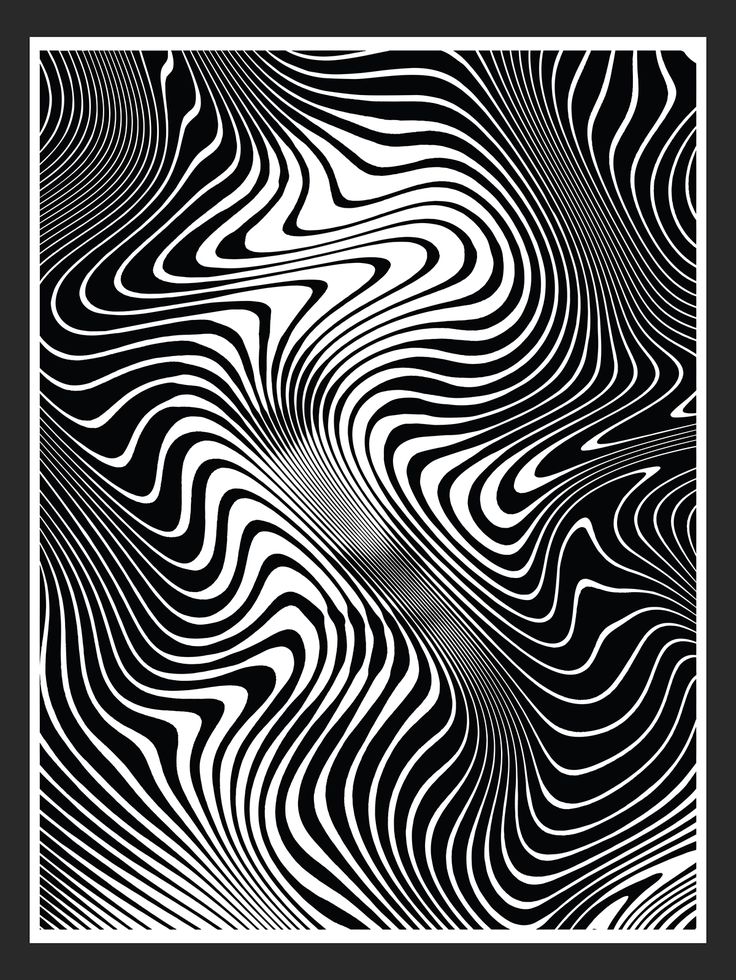 Like in the previous example, there's a way to make it stop – try focusing on one single wheel.
Like in the previous example, there's a way to make it stop – try focusing on one single wheel.
12. How many numbers optical illusion
How many numbers do you see? (Image credit: benonwine on Twitter)This number-themed illusion had the internet utterly stumped as it asked the question, how many numbers for you see? At first glance, it looks as though there are only three numbers, but the closer and harder you stare, the more numbers start to appear. There are seven numbers in total, but what numbers are they exactly?
13. True Cyan optical illusion
@kbaconYou’ve probably never seen this color before... #womeninstem #voiceacting #science
♬ Blade Runner 2049 - Synthwave Goose
Causing a storm on social media, this illusion shows you a true cyan colour – something that up until now your computer screen has been unable to do. Cyan is the perfect combination of red, green and blue and your monitor usually has to settle for a close approximation of the colour. But this illusion, which requires you to focus on the inside of a red circle, will show you the real thing – when you close your eyes afterwards, that is. Viewed by over 21 million people so far, it's sure captured people's attention. Read more about it here.
Cyan is the perfect combination of red, green and blue and your monitor usually has to settle for a close approximation of the colour. But this illusion, which requires you to focus on the inside of a red circle, will show you the real thing – when you close your eyes afterwards, that is. Viewed by over 21 million people so far, it's sure captured people's attention. Read more about it here.
14. Floating ship optical illusion
This one is out in the wild (Image credit: David Morris)Most optical illusions seem to be handmade or digital creations, but every now and again an example appears out in the wild – and these incredible 'floating' ships might just be the most mind-boggling phenomenon we've seen. A walker was stunned to see a boat hovering above the water in Cornwall, and a photo of his discovery quickly went viral. This is one of what is a whole sub-genre of optical illusions – accidental optical illusions.
15. The union flag optical illusion
Ever wondered what colour-blind people can actually see? #OnThisDay in 1985, Horizon had the answer via the London Underground map, while viewers stared at a dot to make the Union flag appear in red, white and blue on a blank screen.
pic.twitter.com/b1cyJscgzTJanuary 7, 2021
See more
Observing the world in all its colourful glory is something many of us take for granted. But how different do things look if you're colour blind? In a video created by the BBC back in 1985, an optical illusion featuring the Union flag was created to educate people on how colour blindness works.
Viewers are asked to stare at the dot for 20 seconds, after which the screen goes white and, due to a "three receptor phenomena" the flag will appear in its original red, white and blue colours. This, as the narrator explains, is due to said phenomena forcing other colour receptors to take over when some "start to tire". Despite the illusion first being shown over 35 years old, it's still completely mind-boggling. Still celebrating Jubilee Day? Make sure you also see the Queen Elizabeth II optical illusion!
16. Rotating boxes
These boxes are clearly spinning on the spot, right? Nope! They are, in fact, totally still, with the illusion caused by the flashing background.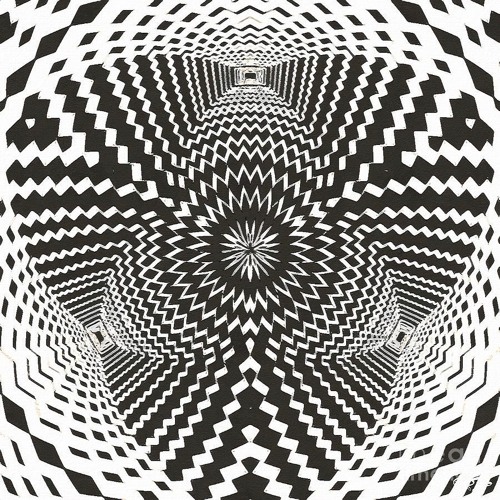 Focusing on one of the cube's corners stops the spin so you can prove to yourself what is actually happening. Shared by Twitter user @jagarikin , you can find out more about this illusion here.
Focusing on one of the cube's corners stops the spin so you can prove to yourself what is actually happening. Shared by Twitter user @jagarikin , you can find out more about this illusion here.
17. The 2-in-1 spinning optical illusion
This illusion changes where you look (Image credit: Lenstore)This hypnotic optical illusion actually has two mind-bogglers in one. Depending on where you look at the design, the dots will either appear to change colour or completely vanish. Simply follow the light grey spot around or stare at the cross in the centre for 30 seconds to experience the design's multiple illusions. This one, created by Lenstore, made it to our pick of the best optical illusions we've seen this year.
18. What colour is the circle?
(Image credit: Lenstore)Created by the same people behind the optical illusion above, this optical illusion employs a similar concept, but is no less fun to look at despite its simplicity. The circle appears to change colour as it moves from left to right on a gradient background. But it doesn't. The circle actually stays the same colour, all that's changed is the colour of the background that you're seeing it against. This is because the brain perceives colour differently depending on what is surrounding an object. We love an optical illusion with a scientific explanation and that gives us something to bear in mind when using colour in design.
But it doesn't. The circle actually stays the same colour, all that's changed is the colour of the background that you're seeing it against. This is because the brain perceives colour differently depending on what is surrounding an object. We love an optical illusion with a scientific explanation and that gives us something to bear in mind when using colour in design.
19. The world's oldest optical illusion?
This could be one of the oldest optical illusions (Image credit: KARTY JazZ Wikimedia)People have marvelled at the joy of optical illusions for a long time, but just how long? This piece of sculpture at Airavatesvara Temple in Tamil Nadu, India, is a contender for the oldest optical illusion around. Among the stunning 12th-century Dravidian architecture and carved ornamentations of chariots and avatars, there appear to be two conjoined creatures with a single head. Focus on the creature on the right, and you should see an elephant, while if you cover the body and legs of the elephant, the animal on the left is clearly a bull.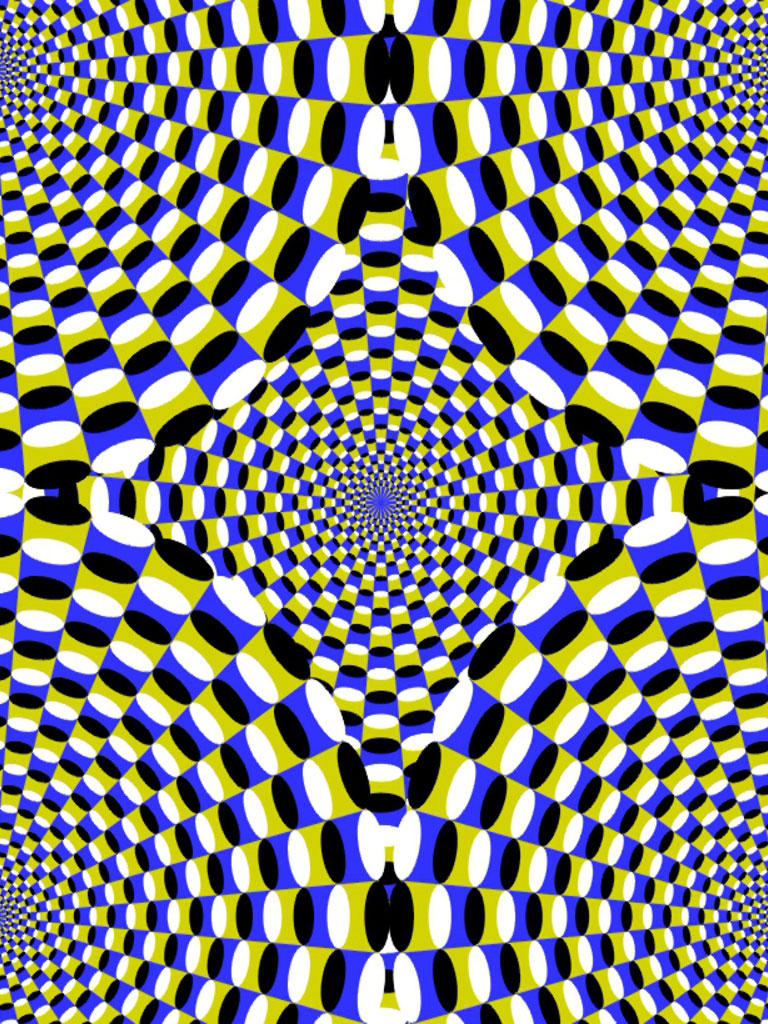
20. Super Illusion Brothers
スーパー錯視ブラザーズ pic.twitter.com/bLkFhBOCeUNovember 20, 2020
See more
This illusion is one of the newest optical illusions we've encountered, and also one of the most mesmerising. Dubbed 'Super Illusion Brothers', it depicts a bunch of figures walking up the steps and jumping off the top. Doesn't it? You won't be surprised to hear (this is an optical illusion post, after all) that, no it doesn't. Those little green people are actually completely static. This is a ‘bright phi' illusion, which plays with our brain's perception of bright objects.
According to Stanford University (as spotted by 7News ), this is a "basic effect" whereby "If a bright point appears at one position, and then reappears at a position shifted to the right, we tend to see a single object moving left to right." Good to know.
If you've been loving these optical illusions and would like to have a go at creating your own, then make sure you check out our roundup of the best Adobe Creative Cloud discounts, or just scroll down to check out some of the latest deals.
Today's best Adobe Creative Cloud deals
Recommended Retail...
Reduced Price
Creative Cloud All Apps
£49.94
£49.94
/mth
View
at Adobe
Creative Cloud Photography
£9.98
/mth
View
at Adobe
Creative Cloud Single App
£19.97
/mth
View
at Adobe
Read more:
- Incredible drawing apps for iPad
- Best pencils: The best mechanical, colouring and drawing pencils
- Adobe Illustrator tutorials: Lessons to boost your skills
Thank you for reading 5 articles this month* Join now for unlimited access
Enjoy your first month for just £1 / $1 / €1
Already have an account ? Sign in here
*Read 5 free articles per month without a subscription
Join now for unlimited access
Try first month for just £1 / $1 / €1
Already have an account ? Sign in here
Georgia Coggan is currently Creative Bloq's Acting Deputy Editor.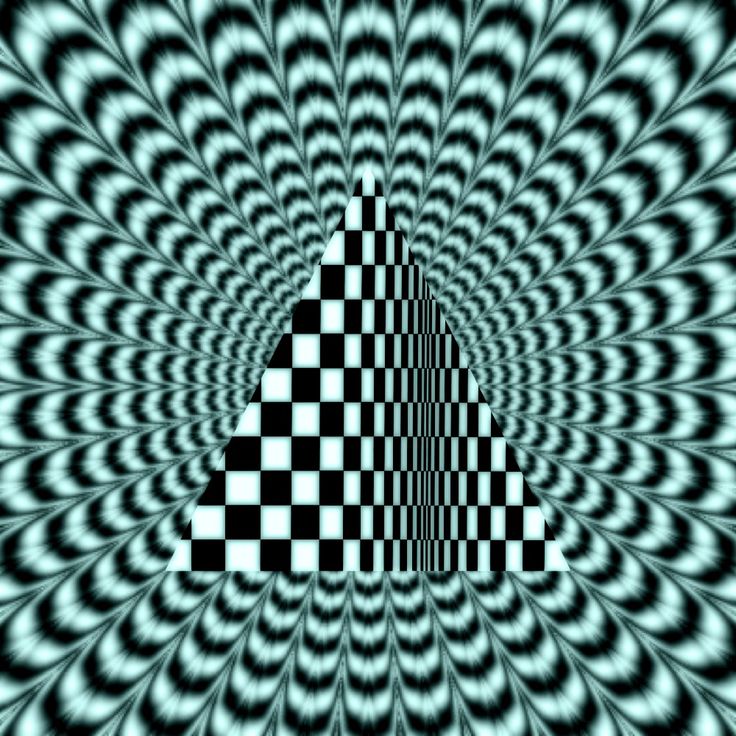 Georgia started her freelance career working for CB in 2018, and since then has worked across the site on news, ecom, SEO content... basically anything and everything. Now covering the Dep Ed role for three months, Georgia is a slave to the style guide, a logo geek and loves all things London Underground (its branding history, and not at rush hour).
Georgia started her freelance career working for CB in 2018, and since then has worked across the site on news, ecom, SEO content... basically anything and everything. Now covering the Dep Ed role for three months, Georgia is a slave to the style guide, a logo geek and loves all things London Underground (its branding history, and not at rush hour).
Museum of Optical Illusions of Moscow
Museum of Optical Illusions of MoscowPhoto: courtesy of the organizers
In the Museum of Illusions, everything turns out to be completely different from what it seems at first glance. Do you know what is the most interesting thing about this? That we will even like such a deception, and we will be glad to be deceived again and again.
The Museum of Illusions can be visited with the Pushkin Card.
Museum of Optical Illusions of Moscow will be an ideal place for those who want to get a lot of emotions without visiting a thousand different locations and go on a journey full of unforgettable adventures without leaving Moscow.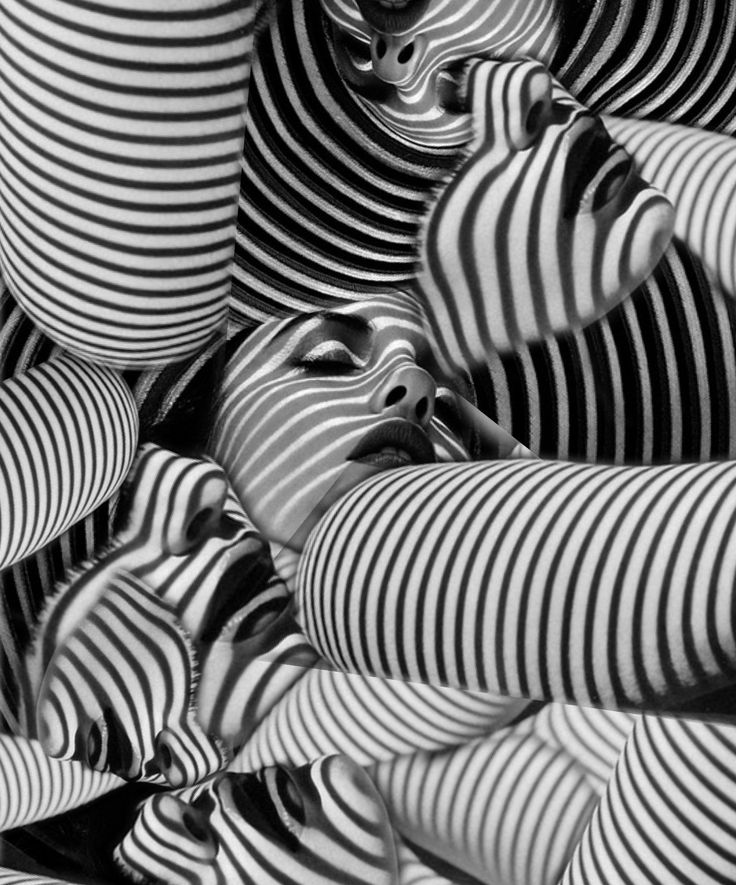 Want to fly over Ancient Egypt on a magic carpet? Please! And try on the costume of an explorer of the sunken Atlantis? No problem! Or maybe you've always dreamed of being the hero of The Jungle Book? This can be done too! Miracles of reincarnations are waiting for you here literally at every step.
Want to fly over Ancient Egypt on a magic carpet? Please! And try on the costume of an explorer of the sunken Atlantis? No problem! Or maybe you've always dreamed of being the hero of The Jungle Book? This can be done too! Miracles of reincarnations are waiting for you here literally at every step.
Thrill-seekers can climb into a creepy well inhabited by giant spiders or find themselves in a cave inhabited by a fire-breathing dragon. Would you dare to take a nut from that same squirrel from the Ice Age?
You are allowed to bring your dog to the Museum of Optical Illusions - you can go on an adventure with your beloved pet.
More details can be found on the website and in the official VKontakte group.
To buy a ticket
If you find a typo or error, select the text fragment containing it and press Ctrl + ↵
Location
Address of the Museum of Optical Illusions of Moscow
st.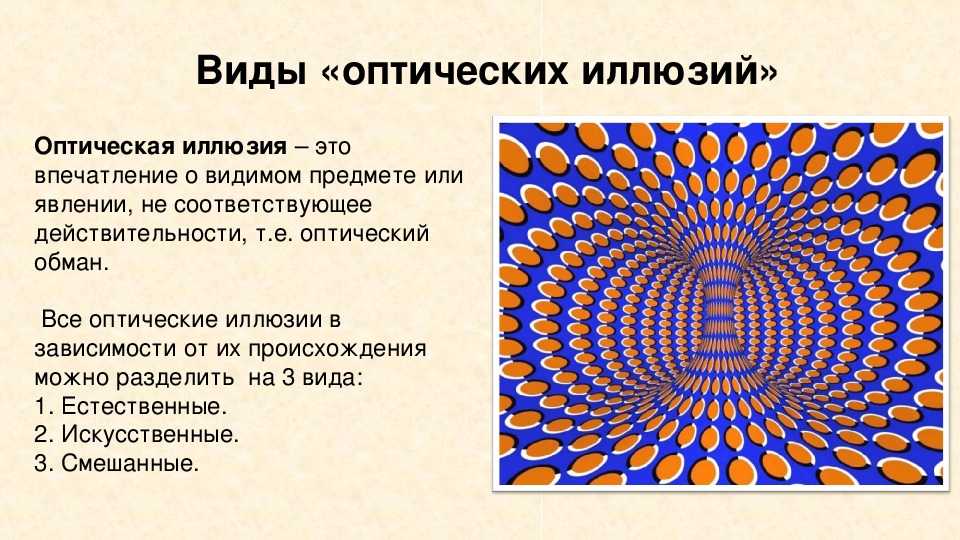 Kosygina, 28/2
Kosygina, 28/2
Nearest metro station
Sparrow Hills
Phone
Show phone
+7 (495) 166-99-26
Please tell the owners of the place that you found it on KudaGo
Official website
museumofillusions.moscow
Additional information
Opening hours
Mon-Fri 11:00-22:00
Sat, Sun 10:00-22:00
Phone
Show phone
+7 (495) 166-99-26
Please tell the owners of the place you found it on KudaGo
Website
museumofillusions.moscow
Select mailing list:
By clicking on the "Subscribe" button, you agree to the transfer and processing of the provided personal information in accordance with the terms of the Privacy Policy.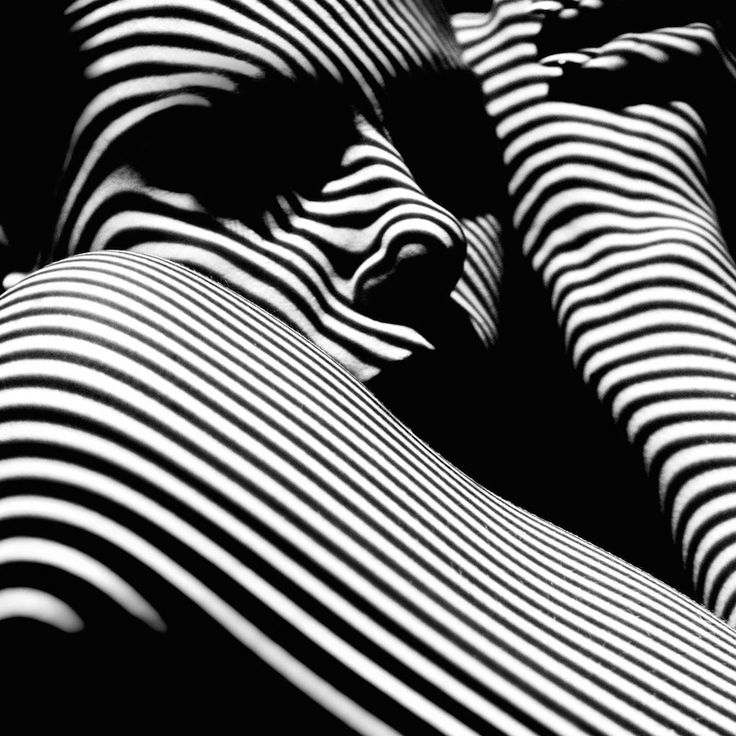
Opening of the "Museum of Optical Illusions" in Moscow on cable car
The "Museum of Optical Illusions" was opened on the Moscow cable car. This is a unique interactive space where optical illusions come to life and take you to extraordinary places and worlds. The Museum of Illusions is ideal for everyone who is bored with their usual leisure. You will get the most juicy emotions, have great fun and shoot enchanting content for social networks. Dog-Friendly Museum: you can take your pet to an unusual photo session in wonderful locations! Tickets to the Museum can be paid using the "Pushkin card".
Opening of the Museum of Optical Illusions in Moscow on the cable car Finding the Museum of Illusions is easy - it is located next to the cable car at the most famous observation deck in Moscow on Sparrow Hills. Once you go inside, you will be taken aback by surprise. You will be transported to amazing optical mirages. Ready to take a ride on a magic carpet and see the secrets of ancient Egypt? Explore the sunken Atlantis, become the hero of the Book of Mowgli and fly on swan wings through the fairy forest? In the Museum of Illusions, miracles and amazing transformations happen at every step.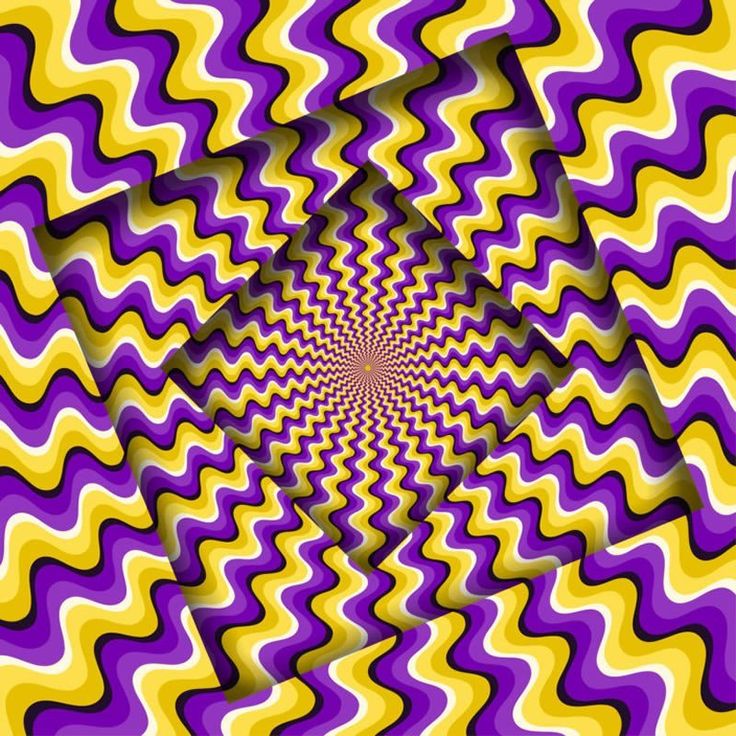
Play with white tigers and an adorable panda. Outsmart the dangerous Cyclops by hiding in the hollow of a mighty tree. Ride across the starry sky on a huge moon. Escape the fire-breathing dragon before it turns you into a pile of ashes. Get out of the creepy well with giant spiders. Become an Ice Age character and try to take a nut from a squirrel. Become a part of a glass ball with St. Basil's Cathedral. Admire the panorama of Moscow from the palm of King Kong. Ride a snowboard from the slope of Sparrow Hills and have fun at the legendary GUM ice rink even in summer.
Come to the Museum of Illusions with a crowd of friends or the whole family, because it's more fun together. You will take amazing photos and videos in dozens of incredible locations and have a great time.
Opening of the "Museum of Optical Illusions" in Moscow on the cable car The Museum of Illusions is open every day so that you can touch the magic and recharge with positive. He invites children and adults on a journey full of wonders.